What to do with (very) legged boxwood hedge?
sevimo
9 years ago
Related Stories
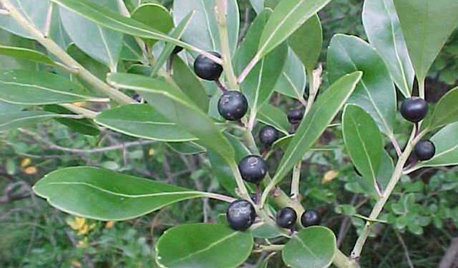
FLOWERS AND PLANTSEasterners: Consider This Native Alternative to Boxwood
Inkberry, or Ilex glabra, excels as a foundation plant or formal hedge perfectly suited to the East Coast
Full Story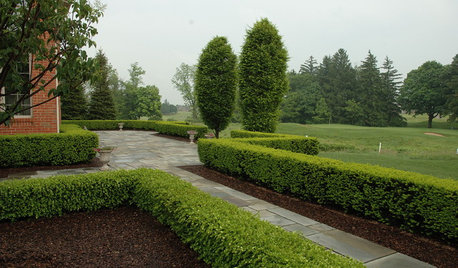
GARDENING GUIDESGreat Design Plant: Boxwood
This elegant evergreen can shape shift into forms limited only by a gardener's imagination and a clipper's reach
Full Story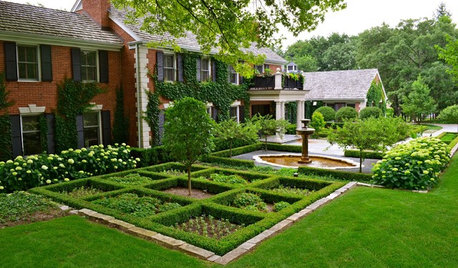
GARDENING GUIDESBoxwood: Still Shape-Shifting After 350 Years
Wild or mild, the humble boxwood still brings style and order to all kinds of gardens
Full Story
LANDSCAPE DESIGNBoxwood Alternatives Bring the Chelsea Flower Show to You
Don’t let box blight limit your plans to borrow garden design ideas from the renowned British event
Full Story
GARDENING GUIDES9 Low-Growing Hedges That Make Good Neighbors
Define garden areas or borders without blocking the view, with these evergreen shrubs that take kindly to trimming
Full Story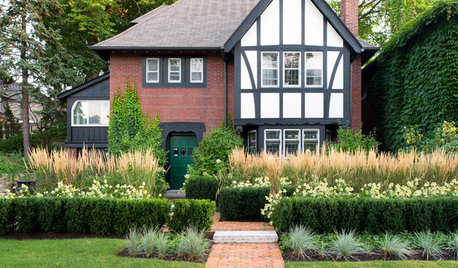
LANDSCAPE DESIGNHow Low Can Hedges Go? Discover Unusual Garden Borders
Short enough to step over, high enough to be a stretch ... check out these radically different hedge styles and tell us your opinion
Full Story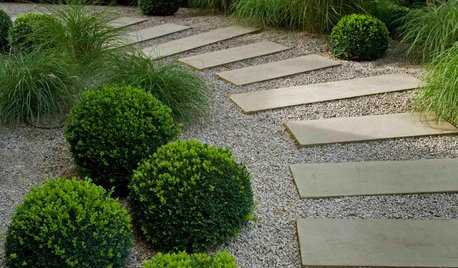
LANDSCAPE DESIGNTouches of Grandness for the Garden
You don’t need a king-size yard to add a little formality to your landscape with fanciful hedges, topiaries and paths
Full Story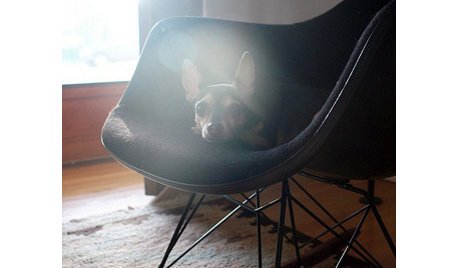
MORE ROOMSHouzz Rule: No Dogs Allowed?
If your home has a no-pets policy, here's what to do when guests arrive unexpectedly with a four-legged friend
Full Story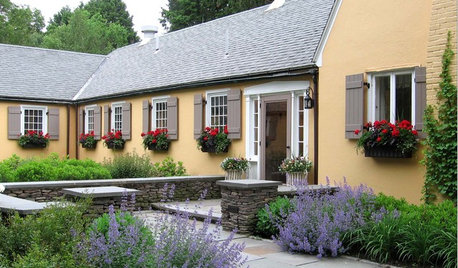
LANDSCAPE DESIGNLay of the Landscape: French Garden Style
Symmetry and geometry define this decorous landscape style, appropriate for both grand gardens and intimate spaces
Full Story
LIFETrue Confessions of a House Stalker
Letting go when a new owner dares to change a beloved house's look can be downright difficult. Has this ever happened to you?
Full Story





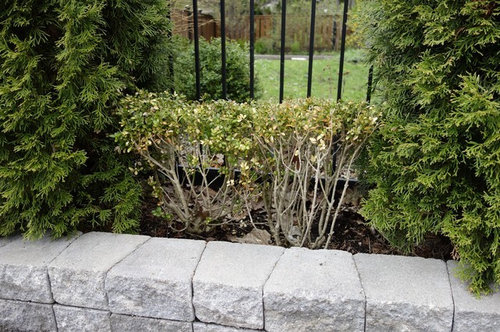


sevimoOriginal Author
davids10 z7a nv.
Related Professionals
La Marque Landscape Architects & Landscape Designers · Edmond Landscape Contractors · El Segundo Landscape Contractors · Newberg Landscape Contractors · Oklahoma City Landscape Contractors · Tinton Falls Landscape Contractors · Atlanta Window Contractors · Bay Point Window Contractors · Coconut Grove Window Contractors · Decatur Window Contractors · Matteson Window Contractors · Providence Driveway Installation & Maintenance · Greeley Decks, Patios & Outdoor Enclosures · Haddonfield Decks, Patios & Outdoor Enclosures · Inwood Decks, Patios & Outdoor EnclosuressevimoOriginal Author
Dave in NoVA • N. Virginia • zone 7A
sevimoOriginal Author
davids10 z7a nv.
lovetogarden
sevimoOriginal Author
lovetogarden